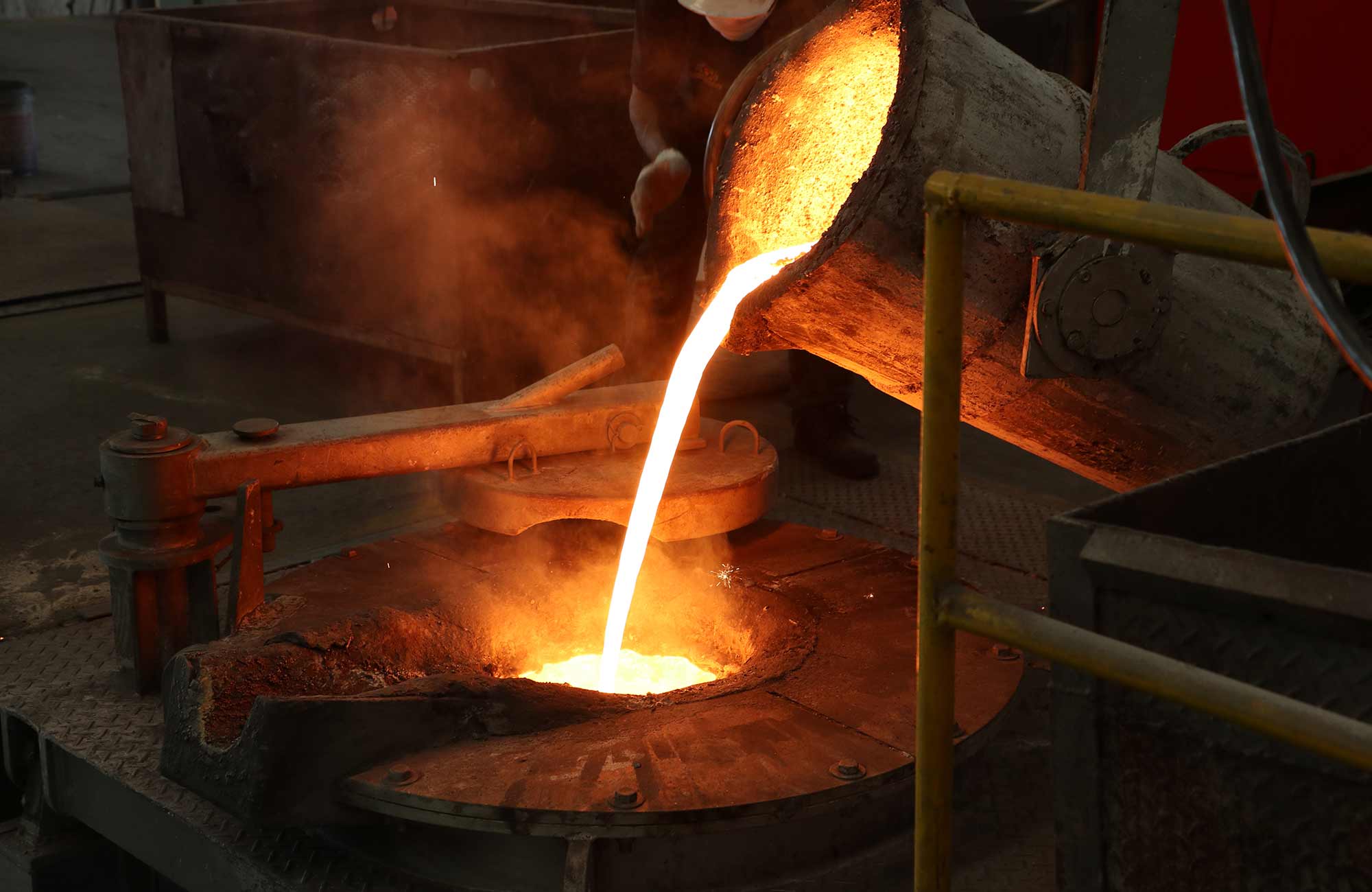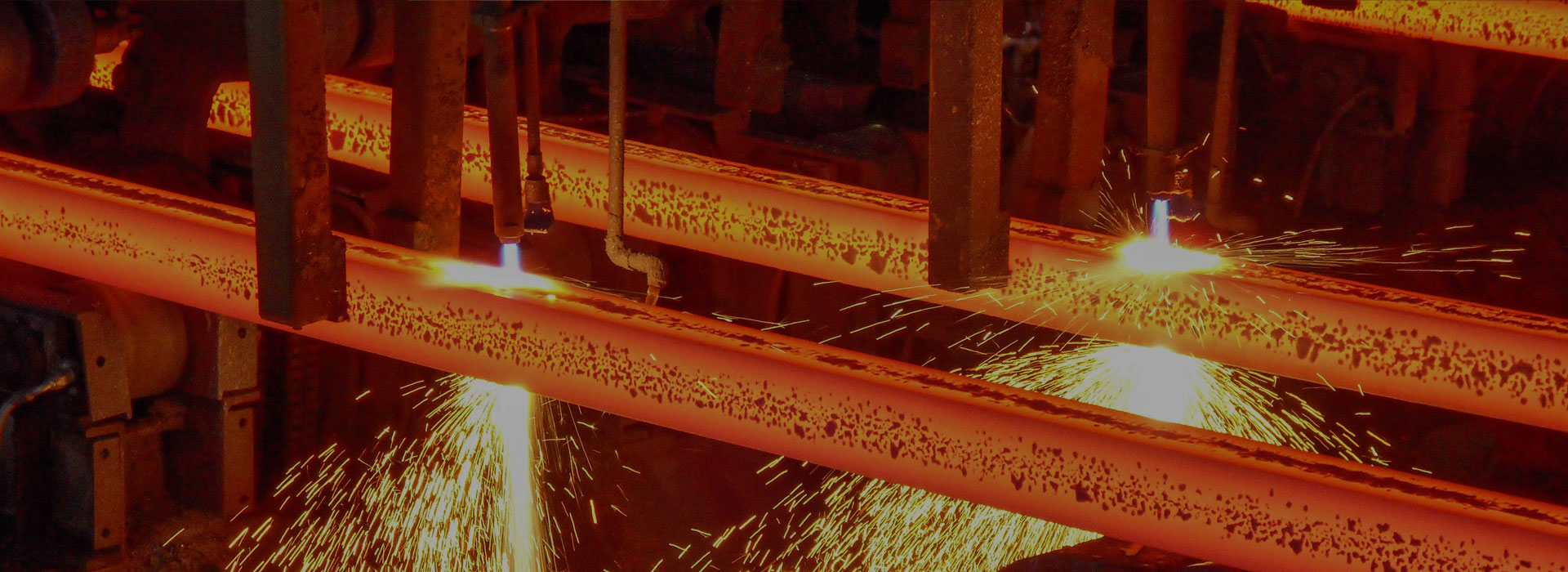Advantages and Disadvantages of Investment Casting
2024-06-12
Investment casting, also known as lost wax casting, is a manufacturing process that involves creating molds from wax patterns, then pouring molten metal into the molds to create complex and intricate parts. Here are some advantages and disadvantages of investment casting:
Advantages:
Complex and Intricate Designs: Investment casting allows for the creation of intricate and complex parts with high accuracy and detail. This process is especially useful for producing parts with intricate geometries and fine details that cannot be easily achieved through other manufacturing methods.
Smooth Surface Finish: Investment casting produces parts with a smooth surface finish, reducing the need for additional finishing processes such as machining or polishing. This results in parts with high precision and excellent aesthetic appeal.
Material Flexibility: Investment casting can be used with a wide range of metals and alloys, including stainless steel, aluminum, brass, and titanium. This flexibility allows manufacturers to choose the most suitable material for their specific application requirements.
Cost-Effective for Small Production Runs: Investment casting is cost-effective for small to medium production runs, as the initial tooling costs are relatively low compared to other manufacturing processes. This makes it a viable option for producing low to medium volume parts.
Disadvantages:
Longer Lead Times: Investment casting typically has longer lead times compared to other manufacturing processes, as it involves multiple steps such as pattern making, mold creation, and metal casting. This can result in longer production times, which may not be suitable for time-sensitive projects.
Higher Costs for Large Production Runs: While investment casting is cost-effective for small to medium production runs, it may be less economical for large-scale production due to higher costs associated with material and labor. Other mass production methods like die casting or stamping may be more cost-effective for high volume production.
Limited Size and Weight Restrictions: Investment casting is suitable for producing small to medium-sized parts, but may not be suitable for larger and heavier parts. The size and weight limitations of the molds used in investment casting may restrict the size of the parts that can be produced.
Dimensional Variability: Investment casting can result in dimensional variability due to factors such as shrinkage of the metal during cooling and variations in the casting process. Tight tolerances may be challenging to achieve consistently, especially for complex parts.
Overall, investment casting is a versatile manufacturing process that offers several advantages for producing complex and high-precision parts. However, it is essential to consider the specific requirements of your project and weigh the advantages and disadvantages before choosing investment casting as the manufacturing method.




